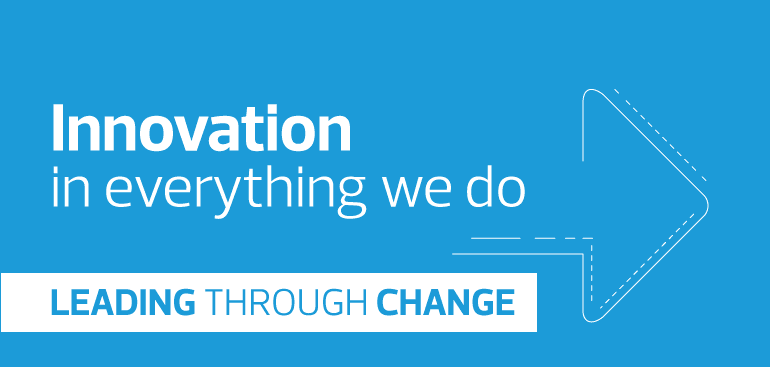With the rise of COVID-19, countless organisations across the world have been prompted to ask their employees to work from home. For leaders whose teams would normally collaborate within a physical office space, this has presented a host of fresh challenges. In this article and subsequent webinar, Victoria Entwistle, Director of People and Purpose and Adam Flitton PHD, Behavioural Scientist at Hill + Knowlton Strategies explore the topic of leading virtual teams effectively, creating an output-oriented mindset and building empathy.
Technology and recommended platforms to help build distributed offices
There are various options for organisations with budgets of all sizes that will enable you to comply with IT and legal requirements, and by now, many organisations will have selected those that work best for them in this current situation. However, it is important to be mindful of data regulation laws, such as GDPR, and security issues when selecting your platforms of choice.
Remote working – Psychological impacts and best practices
Isolation and working from home have become more prevalent, a new social norm, but for many of us this is completely new ground. With that in mind, what are the psychological impacts?
- Stress and anxiety.
- Confusion – potentially turning into anger.
- Longer term effects relating to well-being, retention and productivity challenges.
What can leaders do to lead, build rapport and maintain engagement virtually?
As a leader you should ensure that you and your teams are following public health advice. Not only is this key for safety and wellbeing of your staff and society – it is also critical for reputation. Around the world, there have been many reports of employee concern regarding personal safety and the ambiguity surrounding essential work. In order to ensure that your team is properly informed, you should seek to provide regular and accurate updates, via a single source of truth such as your intranet or even WhatsApp if urgent.
Official guidance aside, it is equally as important to demonstrate the human side of business. Encourage experimenting and innovation through virtual collaboration to take any moments of boredom out of the equation. You could do this through encouraging video calls rather than standard phone calls or even coffee break calls where you all have the chance to chat over a cup of tea or coffee.
It is also important to pay special attention to, and be aware of, peak stress moments. Ask yourself, what can we do for staff who may contract the virus themselves, who are caring for others or juggling childcare?
Connected to this point on demonstrating a human side is the importance of highlighting altruism - the role we can all play in communicating why our actions or plans are so important for the well-being of others. Evidence suggests it is better to communicate that remote working and other precautions are being enacted in order to keep others safe as it shows proactive and positive action. An example of the power of this is in the UK, where support for National Health Service (NHS) workers was shown through people taking the time to applaud from windows and doors at 8pm on a particular day.
A Harvard Business Review survey of 1,000 leaders from May 2018 revealed that 91% agreed that compassion is very important for their leadership, but 80% said they would like to enhance their compassion but do not know how. How then, can we learn to be more compassionate and use that compassion to influence communications?
Some tips include:
- Starting with self-compassion - All positive feelings should start with yourself. This will allow you to show kindness and empathy to others
- Being open to learning - Never be afraid to ask questions and gain feedback. It will help to understand your own impact as well as the goals of others
- Empathising every day - This helps to understand colleagues' points of view be more flexible in your approach
- Being open to change - Small changes can bring about big impacts in terms of workplace culture and productivity
Delivering challenging messages and building empathy to support organisational resilience
Whilst it is important to stay constructive and positive, delivering difficult news and messages may be unavoidable at one point or another. In order to do this effectively:
- Remember that internal communications should always come first, followed by external and media relations second.
- Don’t wait for a complete picture – keep communication flowing.
- Be part of it and aim to lead it, rather than an outsider who could be portrayed as the bad guy
- Do not use the crisis as a trojan horse for other bad news.
- Empathy, compassion and authenticity are more important than having all the answers.
For many companies and leaders, the transition to remote working has been challenging but there are opportunities in change – so why not use the present to experiment and innovate? Despite the difficult circumstances, by not tying in business value with a physical location, opportunity can be democratised and a world of new possibilities can be opened up.
For more on leading remotely during these new and challenging times, click below to view our in depth webinar.







